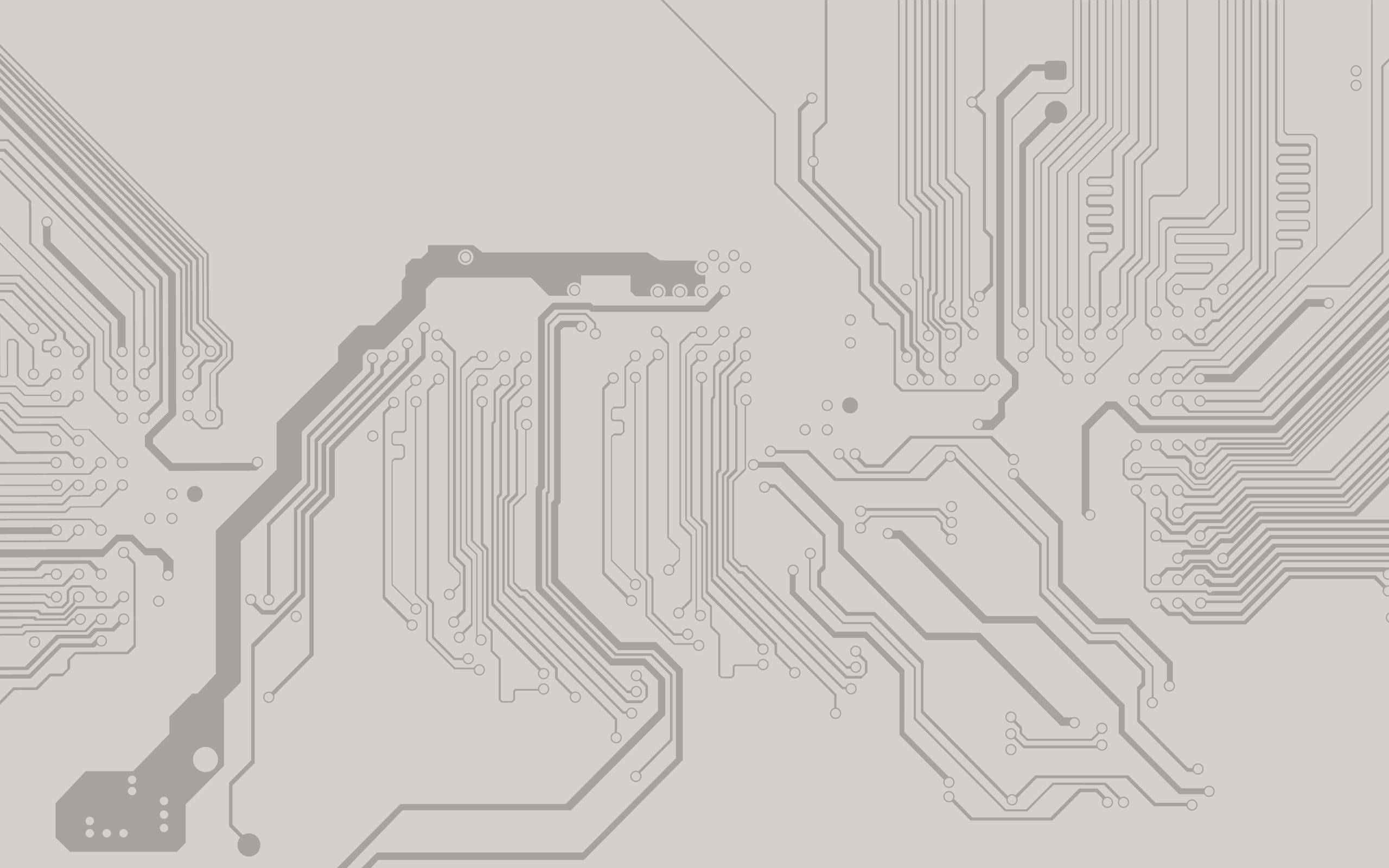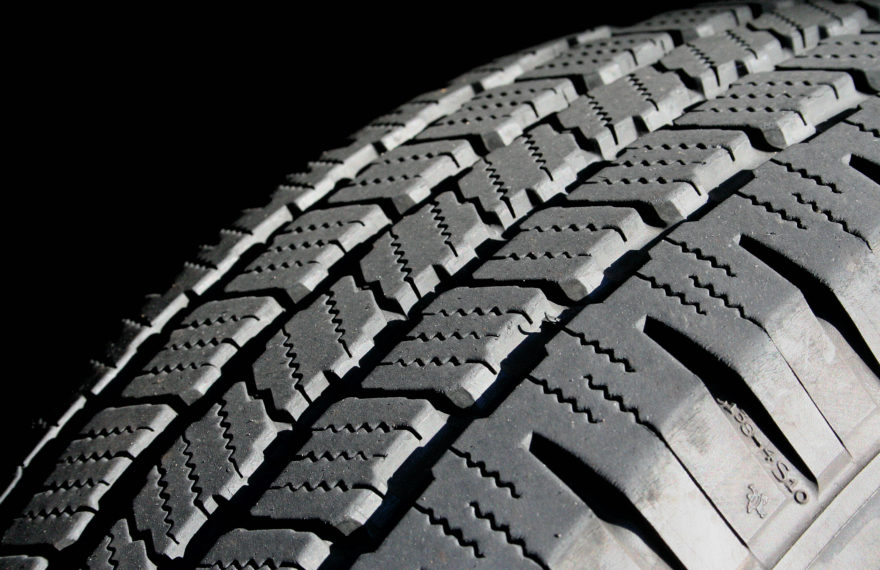
Rubber Vulcanizing – Autoclave & Oven Control Systems
CompuDAS Control & Monitoring Systems are an ideal solution for updating, upgrading or replacing rubber vulcanizing Autoclave & Oven Control Systems.
June 19, 2015
Autoclave Control Systems • Automotive • Oven Control Systems
More Information
· Call: +1 360 427 1418
· Download Documents
· Online Inquiry

CompuDAS Control & Monitoring Systems are an ideal solution for updating, upgrading or replacing rubber vulcanizing Autoclave & Oven Control Systems.
Vulcanization converts natural rubber or related polymers into more durable materials by adding sulfur or other curatives or accelerators. This modifies the rubber into a more stable form by creating cross link between the polymer. Manufacturers producing vulcanized rubber products, or products with vulcanized rubber components generally use autoclaves to finish their goods.
What vulcanization methods can CompuDAS provide Control Systems for?
Several autoclave-based vulcanization methods exist. The most widely used is for the vulcanization of tires, generally using high pressure and temperature in autoclave after a curative has been added to the rubber. Tire vulcanization generally employs compression molding, where a mold is used in-autoclave to shape the rubber. Methods for other rubber vulcanized items may use hot-air vulcanization or microwave-heated vulcanization (both continuous processes). Sulfur systems, Peroxides, Metallic oxides, Acetoxysilane, and Urethane crosslinkers are common curatives used in the processes to create consumer and industrial products with vulcanized rubber. The only process for which we cannot provide process Control and Data Aqquisition would be room- temperature vulcanization, such as processes for vulcanizing silicone is constructed from reactive oil-based polymers combined with strengthening mineral filler (RTV-1 and RTV-2).
What features do CompuDAS offer with a rubber vulcanization Control System?
We offer variables Control of all critical vulcanization parameters, including: variable temperatures, pressures, cycle times, cycle and system alarms. You can create and control as many cycle recipes as needed. With full Integration across all machines on your floor, your production staff will need to learn how to select and program recipes on only a single, easy to use interface. .
We are required to provide our customers proof of adherence to strict manufacture guidelines. Can CompuDAS help?
Every CompusDAS Control system is installed with a full range of feature for data acquisition, and often more important, permanent documentation and temper-proof retrieval. We can you offer a wide variety of options including, paperless Recording with easily customized screens, user messages, cycle replay, locally stored data can be exported to removable media, remote data acquisition/storage capability.
What manufacturing sectors does CompuDAS provide service to?
The use of autoclaves in vulcanization is varied and vast. These systems can be used for everything from the manufacture of electrical fittings, cuffs, gaskets, profiles to tires, wetsuits, and neoprene products. Autoclave vulcanization of rubber can use many process variants: direct saturated steam, overheated water, forced hot air, or a mixture or steam and air… No matter your product, we can provide easy to use, integrated Control and Data Acquisition. No matter your process, you can program you exact recipe, monitor parameters, have realtime fallbacks to alternate sensor in case of malfunction, and produce local and remote versions of full-data acquisition to demonstrate compliance with your particular products regulatory rules.
Most vulcanizing methods depend on sulfur. Sulfur without accelerators is slow and cannot be used to vulcanize synthetic polyolefins. Even with natural rubber, large amounts of sulfur, as well as high temperatures and long heating periods are necessary and one obtains an unsatisfactory crosslinking efficiency with unsatisfactory strength and aging properties. Only with vulcanization accelerators can the quality corresponding to today’s level of technology be achieved. The multiplicity of vulcanization effects demanded cannot be achieved with one universal substance; a large number of diverse additives, comprising the “cure package,” are necessary. The combined cure package in a typical rubber compound consists of sulfur together with an assortment of compounds that modify the kinetics of crosslinking and stabilize the final product. These additives include accelerators, activators like zinc oxide and stearic acid and antidegradants. The accelerators and activators are catalysts. An additional level of control is achieved by retarding agents that inhibit vulcanization until some optimal time or temperature. Antidegradants are used to prevent degradation of the vulcanized product by heat, oxygen, and ozone. No matter the curative, CompuDAS can provide control and data acquisition for any in-autoclave vulcanization process.
We vulcanize polychloroprene in-autoclave, does CompuDAS provide a Control System suited to this process?
Neoprene or polychloroprene rubber (CR rubber) vulcanization uses metal oxides (specifically MgO and ZnO, sometimes PbO) instead of sulfur compounds. (Sulphur, it’s true, is far more widely used in autoclave vulcanization of natural and synthetic rubbers. Though the chemical chain of processes in your recipe may be quite unique, because of various processing factors (For instance use of different accelerators than with other diene rubbers, particularly ETU). This may affect handling and safety protocols, but CompusDAS’ reliable, integrate Control Systems can still provide consistent batch-to-batch temperature, pressure, and other parameter control well as tamper-proof data acquisition of the exact history of each batch.
Products
- Critical Process Controls
- Compare Products
- Critical Process Control Model CPC-16EX
- Critical Process Control Model CPC-8
- Critical Process Control Model CPM-8
- Critical Process Monitor CPM-16
- Critical Process Monitor CPM-16EX
- The Sentinel
- Uniformity Calibrator UC-45
- Variable Vacuum Upgrade Kit
- Download Factsheets
Applications
News
Popular
Sorry. No data so far.
Contact
CompuDAS Controls, LLC
1350 E Shelton Springs Rd
Shelton, WA 98584
United States
Main: +1 360 427-1418
Email Sales/Support
